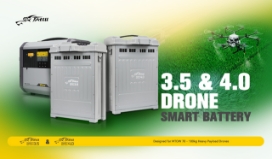Understanding Drone Payload
Contents
Drones, also known as Unmanned Aerial Vehicles (UAVs), have become indispensable tools in industries like agriculture, delivery, surveillance, and entertainment. Their ability to perform tasks in challenging or dangerous environments is heavily influenced by their payload capacity—the weight they can carry.
What is a Drone Payload?
A drone’s payload refers to the equipment or cargo it carries beyond its own weight. This includes items like cameras, sensors, delivery packages, and scientific tools. Payload capacity impacts the drone's performance, stability, and battery life.
Maximum Takeoff Weight (MTOW)
MTOW is the total weight a drone can safely carry, including its payload and the drone itself. For example, if a drone's MTOW is 10 kg and it weighs 4 kg, the remaining 6 kg is its payload capacity.
How Much Weight Can Drones Carry?
- Consumer Drones: Payloads of 0.5–5 kg
- Commercial Drones: Payloads of 5–25 kg
- Heavy-Lift Drones: Payloads of 25 kg or more
Key Factors Affecting Payload Capacity
- Design and Structure: Materials and frame size affect weight and strength.
- Motors: Powerful motors lift more but use more energy.
- Battery: Battery weight and energy density are critical.
- Flight Control: Advanced systems improve stability for heavier payloads.
- Aerodynamics: Efficient designs reduce drag and improve lift.
- Environment: High altitudes and bad weather can lower capacity.
Common Drone Payloads
- Cameras: Standard, high-resolution, and 360-degree cameras for photography and surveillance.
- Sensors: Thermal, LiDAR, and multispectral sensors for monitoring and mapping.
- Delivery Packages: Used in logistics.
- Scientific Instruments: For research in fields like geology and weather studies.
- Sprayers: For agricultural tasks like pesticide spraying.
In conclusion, understanding payload capacity is essential to selecting and operating drones for specific applications. From lightweight consumer drones to heavy-lift models, payload capabilities directly impact efficiency and performance.
Related FAQ
Q:
What is the maximum energy density that can be achieved with Tattu's Semi-solid State batteries?
Q:
What's the difference between TA3200 and TA3200HV charger?
Q:
What is Semi-Solid State Battery?
Q:
How should I store my Tattu batteries when not in use?
Related News
Tattu batteries deliver high energy density and reliable power for drone light shows. With G-Tech intelligent charging and customizable solutions, we ensure performance, safety, and efficiency for every show.
Tattu is committed to providing reliable power solutions for agricultural drones, empowering smarter farm management and improved crop yields. By delivering cutting-edge energy solutions, Tattu supports the transformation of traditional farming practices and contributes to building a more resilient agricultural industry.
Drones, also known as Unmanned Aerial Vehicles (UAVs), have become indispensable tools in industries like agriculture, delivery, surveillance, and entertainment. Their ability to perform tasks in challenging or dangerous environments is heavily influenced by their payload capacity—the weight they can carry.

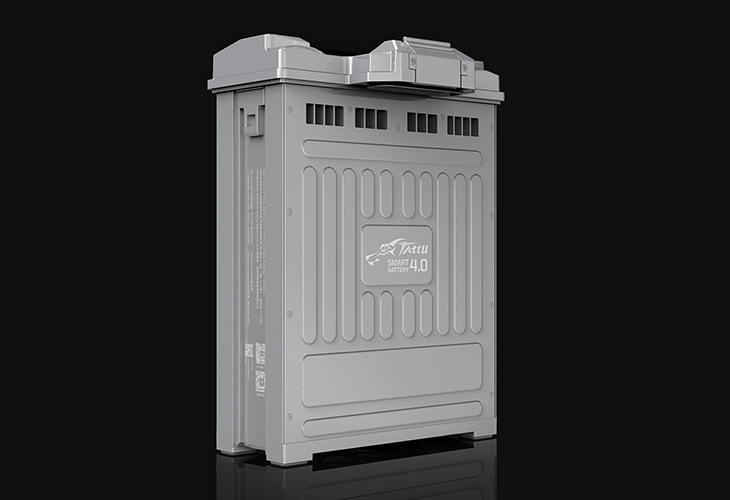
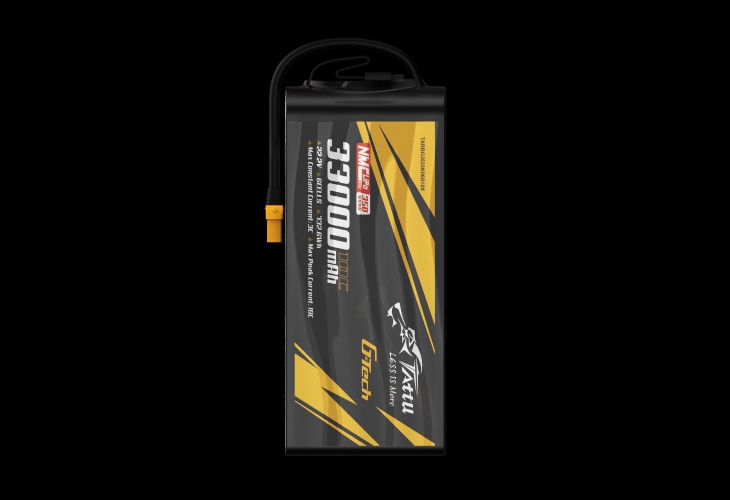
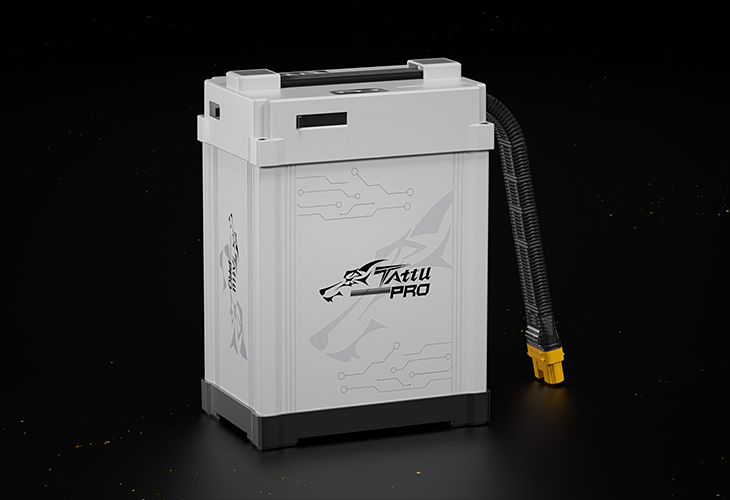
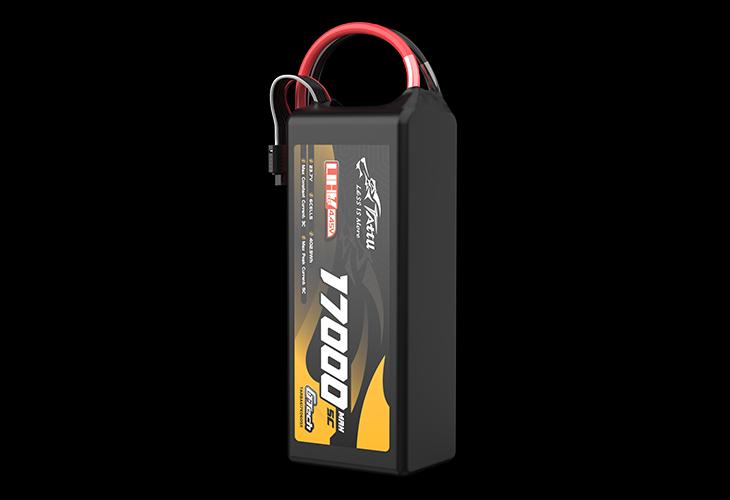

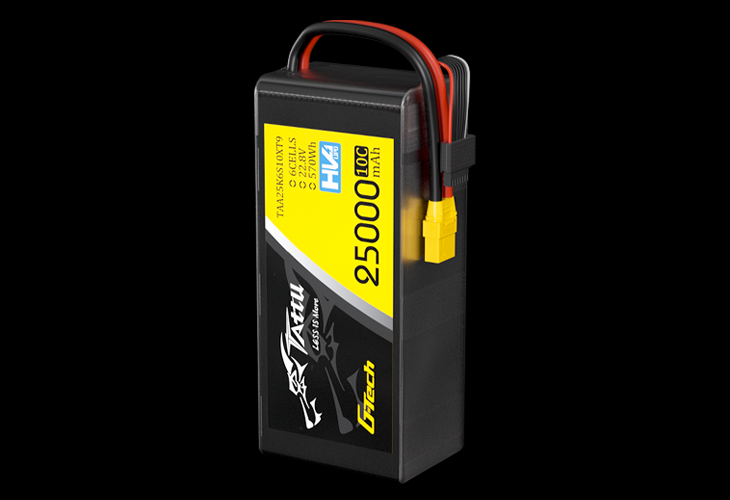

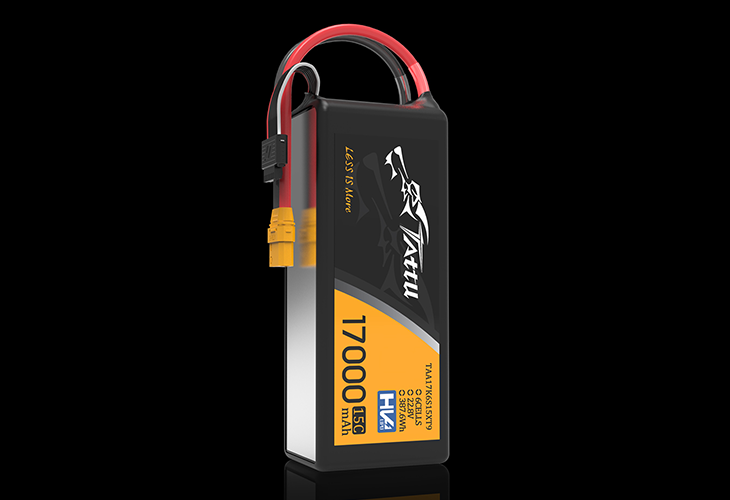
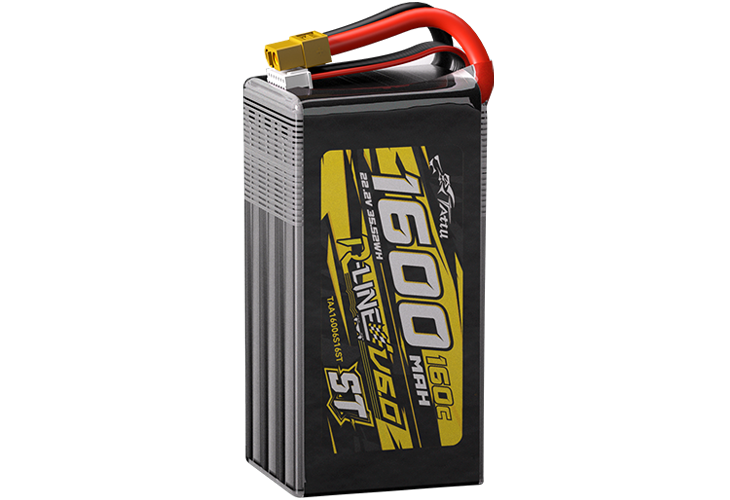

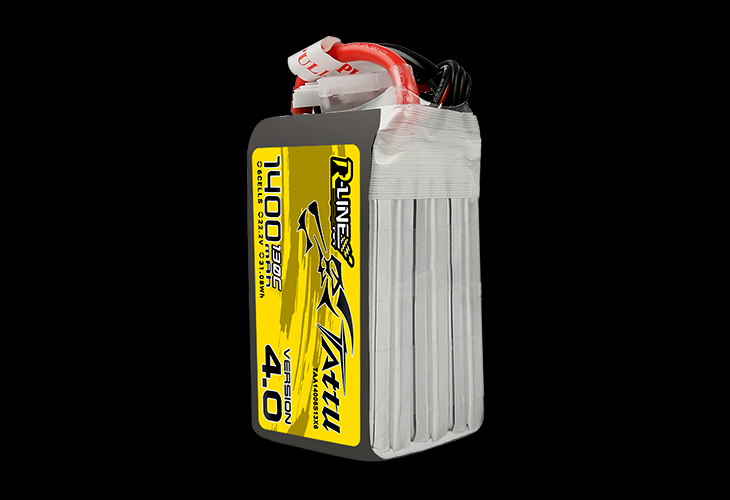



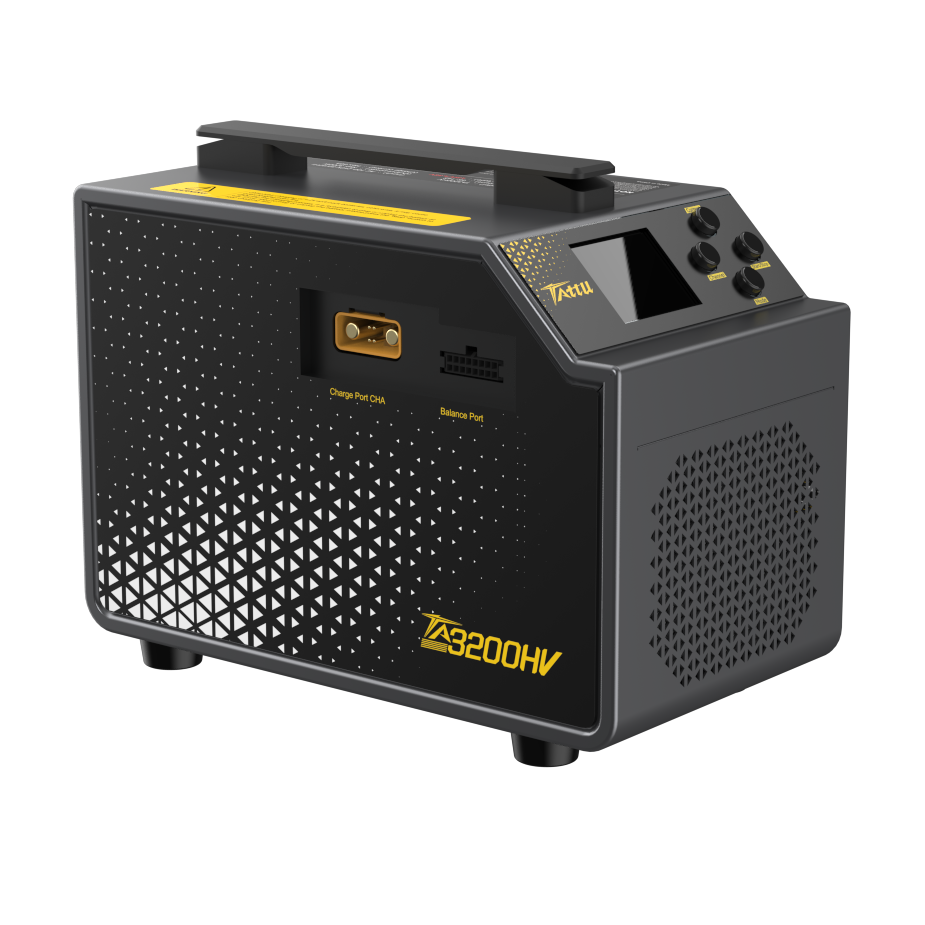
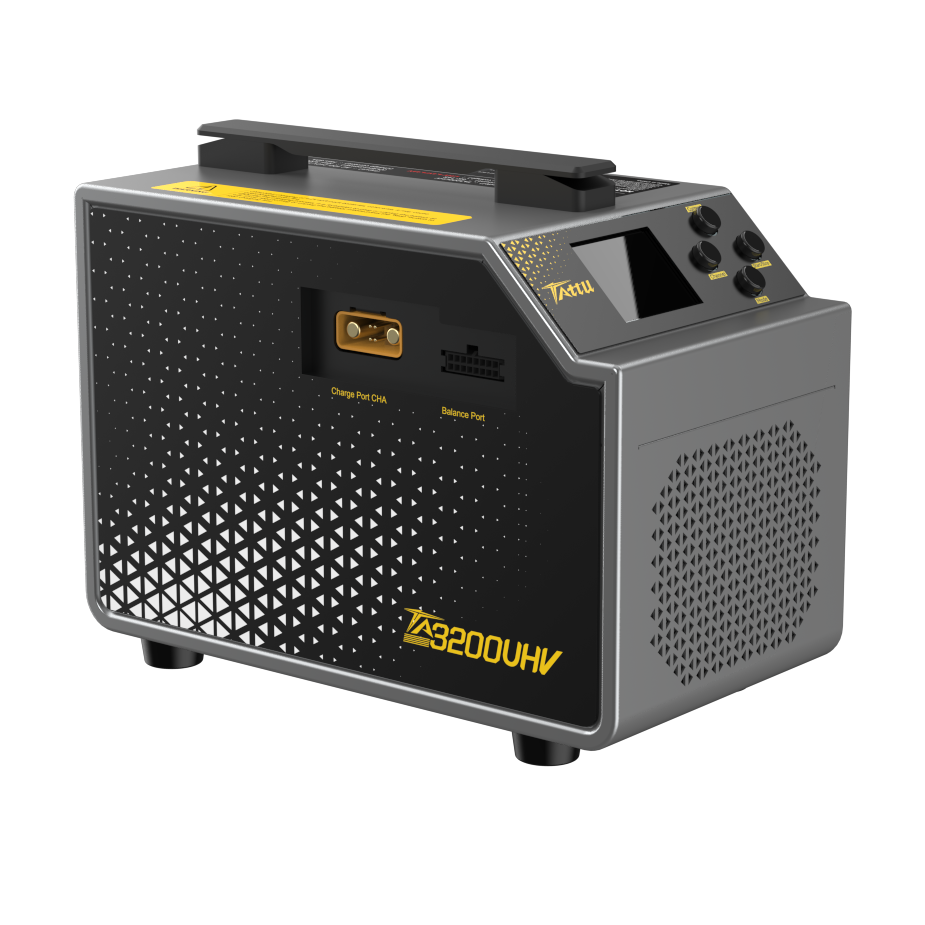
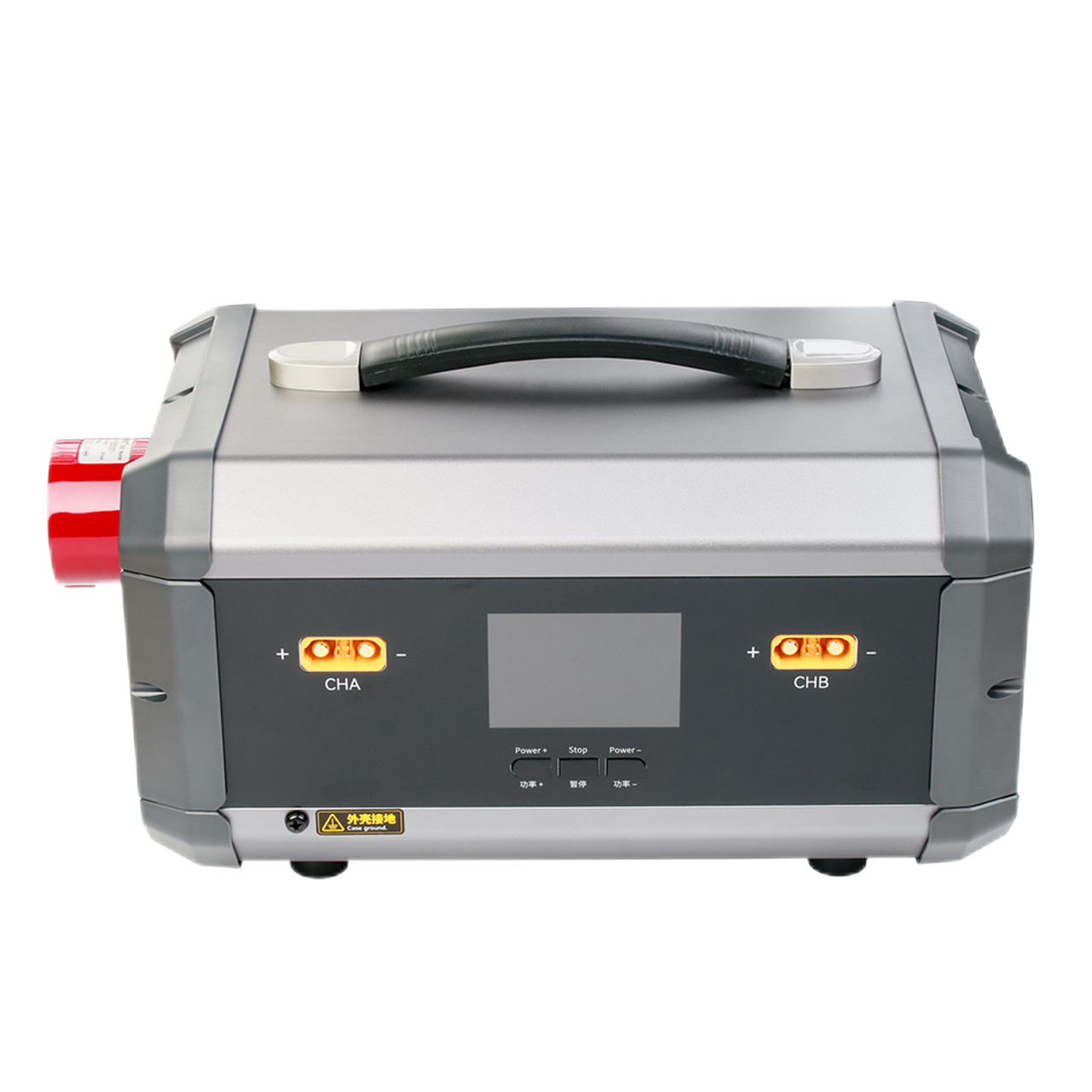



 Clear
Clear




